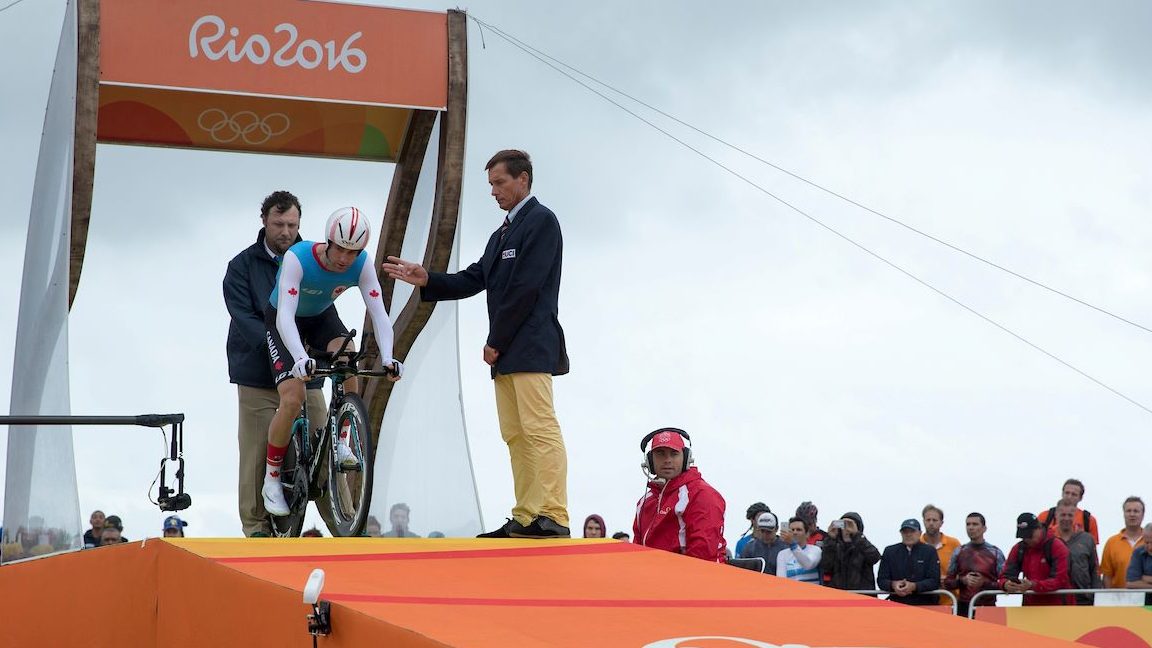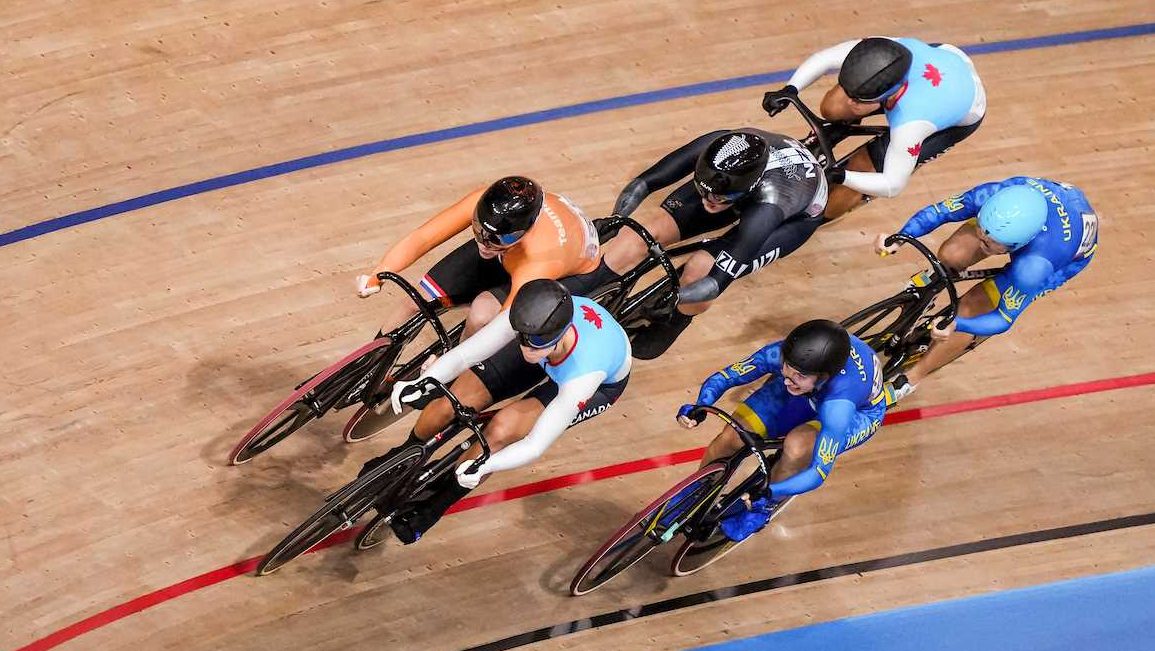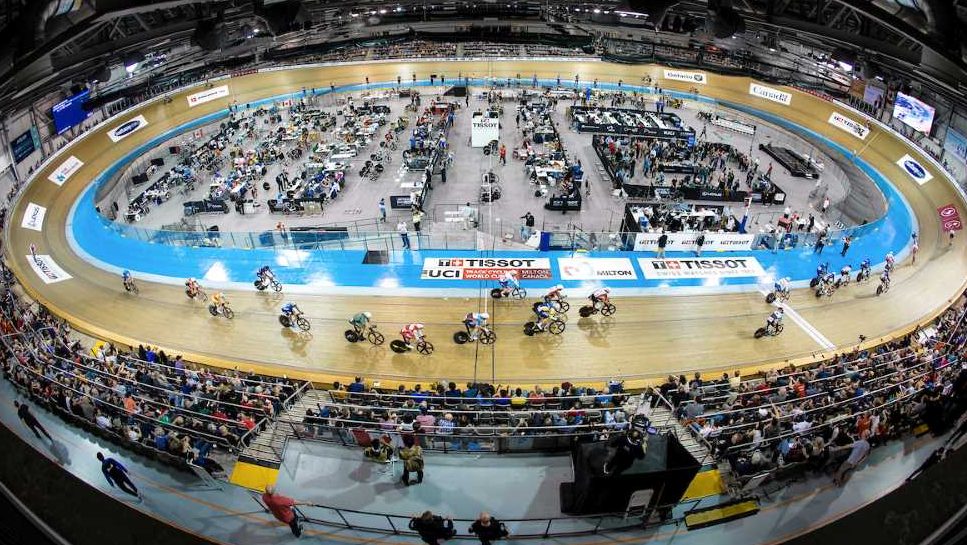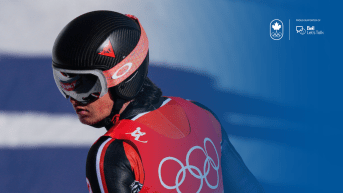Everything you need to know about Olympic cycling
Cycling has been included on the Olympic program since the first modern Games in 1896.
But the sport has evolved drastically over the past several decades.
What started with just six events across two disciplines has grown into the third-biggest summer Olympic sport, with 22 events across five disciplines.
We’ll begin by breaking down the two oldest forms of cycling – road cycling and track cycling.
What are the Olympic road cycling events?
As the name implies, road cycling usually takes place on paved roads. There are two road cycling events for each gender on the Olympic program – the individual road race and the individual time trial.

The individual road race features a mass start where the goal is to be the first rider to get from the starting line to the finish line. Men’s road races are typically 250-280km while women’s road races are 130-160km.
At Paris 2024, the men will race 273km with 2800m of climbing. The women will race 158km with 1700m of climbing. Both races will start and finish at the Trocadéro, with an iconic finish crossing over the Pont Alexandre III.
Although it is an individual event, riders can benefit from having teammates who can provide a draft and chase down breakaways. It can take more than six hours for a men’s road race to finish while a women’s road race can last about four hours.
The individual time trial features interval starts as competitors race purely against the clock. The rider with the fastest time is the winner. At the Olympic Games, the men’s time trial course is usually 40-50km while the women’s course is 20-30km.
At Paris 2024, the course for both is 32.4km and riders will start one minute 30 seconds apart. The time trials will also feature historic backdrops at the start and finish, with the start line located at the Esplanade des Invalides and riders once again crossing the Pont Alexandre III to get to the finish.
How long has road cycling been an Olympic sport?
Though a men’s road race was included at Athens 1896, it has been on the Olympic program continuously since Stockholm 1912. Women first competed in cycling at the Olympic Games in Los Angeles 1984 when the road race was added. The individual time trial for both genders was introduced at Atlanta 1996. In the past, the men have also had a team road race and a 100km team time trial.
What are the Olympic track cycling events?
Track cycling takes place on a velodrome, which features banked turns that tilt downwards at a 45-degree angle on the corners. Velodromes for Olympic competition measure 250 metres in length.

There are Olympic track cycling events for each gender – team sprint, sprint, keirin, team pursuit, omnium, and madison. The first three are all considered sprint events, while the latter three require more endurance.
In team sprint, two teams of three riders start at opposite sides of the track. At the end of each lap, the lead rider drops out, so that by the final lap, only on rider remains per team. The first to cross the finish line wins.
The sprint is a highly tactical race. The two riders racing head to head are not confined to lanes. Beginning side by side, they will often start the three-lap race slowly, jockeying for position before choosing the right moment to burst into full speed for the all-out sprint to the finish line.
Keirin originated as a betting sport in Japan in 1948 before becoming an Olympic event at Sydney 2000. The eight-lap race features a group of six to seven riders following behind a speed-controlled pacer (usually a motorized bike called a derny). The pace of the race gradually increases until the pacer leave the track with about two laps to go, leaving the riders to sprint to the finish.

In the team pursuit, two teams of four riders start on opposite sides of the track to race over a distance of 4000 meters as fast as possible. Drafting is an important strategy and you will often see the teams change lead riders, sending that cyclist to the back of the single file line to ensure even distribution of energy consumption.
The omnium had a new format at Tokyo 2020 and will now include four events over one day as riders accumulate points towards an overall total: the mass start scratch race, the tempo race, the mass start elimination race, and the points race.
The madison gets its name from Madison Square Garden in New York City. The two-person race sees points awarded on intermediate sprints every 10 laps, but points can also be earned and lost when teams are lapped. The men’s race is 120 laps (30km) while the women’s race is 80 laps (20km), The men’s madison returned to the Olympic program at Tokyo 2020 after last being included at Beijing 2008 while the women’s madison is made its Olympic debut at the Tokyo Games.
How long has track cycling been an Olympic sport?
The first modern Olympic Games included a men’s sprint event along with four other events that have since been discontinued, including a 12-hour race in which the goal was to do as many laps as possible in that time frame. The first women’s track cycling event was the sprint, added at Seoul 1988. The Olympic track cycling program has evolved over the decades with various event coming and going.
What are the Olympic mountain bike events?
There are multiple mountain bike events sanctioned by UCI, the international cycling federation, but the format contested at the Olympic Games is called cross-country. Mountain bike made its Olympic debut at Atlanta 1996 where men’s and women’s events were both included.

The most unique characteristic of cross-country mountain biking is the terrain, which has features such as rough forest paths, rocky trails, and steep hills to climb and descend.
The event has a mass start and the competitors do multiple laps of a circuit that is four to six kilometers long, making the race last about an hour and a half.
At Paris 2024, mountain biking will take place at Elancourt Hill, an artificial hill built on the site of former sandstone quarries that is the highest point in the Paris region.
What are the Olympic BMX events?
BMX (aka bicycle motocross) is the newest Olympic cycling discipline. Men and women have competed in racing events since Beijing 2008, while freestyle park events debuted at Tokyo 2020.
BMX racing sees riders compete in heats of eight, battling each other on short tracks that include bumps, jumps, and tight, banked corners. Each race around the track takes about 30 seconds.
BMX freestyle park is the only cycling event that is scored by judges who evaluate the trick, style, and execution by each rider. The competitors perform two runs within a skate park, utilizing features such as walls, platforms, ramps, and bowls to show difficulty, variety, flow, and control.
For Paris 2024, BMX racing will take place at Saint-Quentin-en-Yvelines BMX Stadium, right near the National Velodrome. BMX freestyle will be one of the urban sports featured at Place de La Concorde.
What are the differences in Olympic cycling bikes?

Track cycling bikes have fixed gears, which means they are a single speed and the pedals will go around whenever the wheels are in motion. There is no coasting on a fixed gear bike! Track bikes do not have brakes and usually have a higher bottom bracket so that the pedals can’t touch the steep banked velodrome track.
There are also differences in the bikes used by road cyclists. Time trial bikes tend to put more focus on aerodynamics, such as having handle bars that force the rider into a low tucked position and discs to cover the wheels. Road race bikes tend to be lighter with multiple gears so that riders can choose the best option for the terrain.
Mountain bikes are sturdier than road bikes, built to absorb the impact from the terrain. They have wider, knobbier tires and flat handlebars for the rider to sit more upright.
Whether for racing or for freestyle, BMX bikes are smaller than their counterparts in the other cycling disciplines. Racing bikes are built for speed and therefore tend to be lighter.


